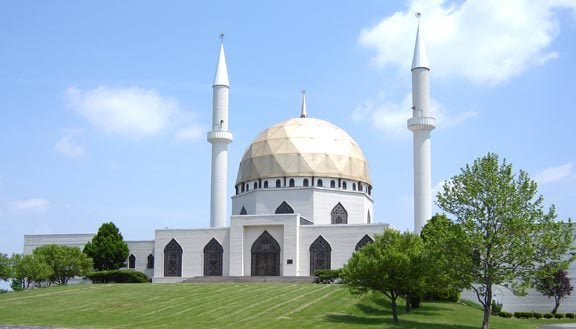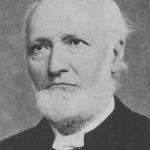
Yet another portion of the notes that I wrote up back in January 2017 at the request of a committee in Salt Lake City:
Some Significant Twentieth Century Translations (II):
The Koran Interpreted (1955)
A. J. Arberry
Professor Arberry, of the universities of London and Cambridge, was one of the great Islamicists of the twentieth century and a superb translator from Arabic, Persian, and Maltese (which is essentially an odd English- and Italian-drenched dialect of Arabic that’s written in Roman letters and spoken by a mostly Catholic population).
He approached Islam not only without prejudice but with considerable sympathy, especially for its “Sufi” or mystical tradition.
Arberry made a very serious attempt to reproduce, in English, the literary quality of the original Arabic, its rhythms and cadences, and I think highly of his effort, which is still widely distributed and quite respected, particularly among many academics. But his translation can be faulted, in my judgment, as sometimes just a bit unclear and archaic.
The Koran (1956)
N. J. Dawood
This may be the most widely distributed non-Muslim translation of the Qur’an into English. (It is published by Penguin Classics.) An Iraqi Jew (and a native speaker of Arabic) who spent most of his life in England, his focus was on clarity and readability rather than on literary style. His ethnicity has, unfortunately, sometimes worked against the reception of his effort among Muslims, and he’s often claimed to have been biased against Islam. (His first edition re-arranged the Qur’an’s chapters into something like their historical order, which drew criticism as well, but he reverted to the traditional order in later editions.)
The Qur’an: The First American Version (1985)
Thomas B. Irving
- B. Irving (1914-2002) was a Canadian/American professor of linguistics who held a Ph.D. in Near Eastern studies from Princeton University, and an ardent, missionary-minded convert to Islam.
He attempted to render the Qur’an into a modern, forceful English that would appeal especially to American youth—and that some Muslims have criticized as occasionally undignified.
Interpretation of the Meanings of the Noble Qur’an (1999)
Muhammad Muhsin Khan and Muhammad Taqi-ud-Din al-Hilali
This translation is among the most widely read versions in the world, primarily because it’s now the translation officially promoted (and often distributed at no charge) by the government of Saudi Arabia.
This is, frankly, concerning—first, because it depends heavily upon medieval commentators who wrote during the period of imperial (and imperialistic) Islam without any concept of pluralism and offering little support for religious tolerance.
More importantly, though, it is rife with anti-Semitic and anti-Christian polemic and with a spirit of aggressively supremacist and political Islam (which is, presumably, why the Saudi regime favors it).
An example will illustrate what I mean:
In the short but extremely important opening chapter of the Qur’an, which is effectively an invocation or prayer, verses 1:6-7 implore God to “Guide us in the straight path, the path of those upon whom thou hast bestowed grace, not those with whom thou art angry nor those who have gone astray” (my translation).
Khan and al-Hilali, however, insert interpolations into the passage that have absolutely no basis in the Arabic text: “Guide us to the Straight Way, the way of those on whom You have bestowed Your Grace, not (the way) of those who have earned Your anger (such as the Jews), nor of those who went astray (such as the Christians).”











